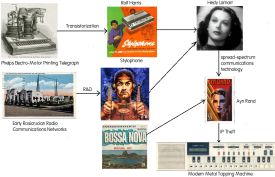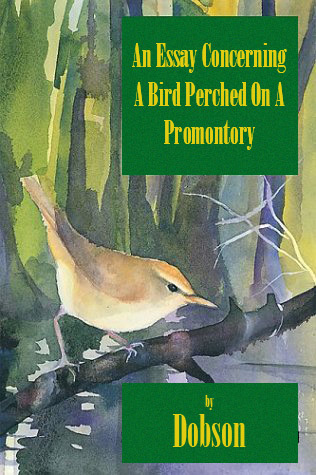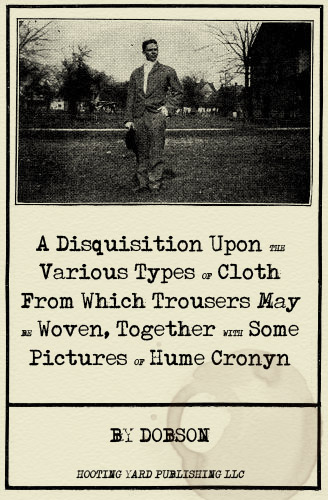I had hoped, today, to bring you the script of the heist-on-a-submarine film referred to in Tosspot In A Bivouac, below, but alas, my plans were dashed. The film, as you know, was never made, but its ghost remains a fascinating exercise in the submarine-based heist genre. Although, from my close reading of the extant screenplay, it seems that the entire drama is confined to the interior of the submarine, and thus the viewer hardly sees the sea, the compaction of the maritime with the criminal has always held me in something like, but not quite, awe. Is it perhaps the contrast between the vastness of the broiling oceans and the small-minded pettiness of much behaviour outwith the law? Or the admixture of scents, the salt tang of the sea mingled with cordite? A hoodlum aboard a boat inhabits an utterly different register to a gunsel in an urban alleyway, I think, if one can be said to inhabit a register. For the time being it can be said, because I just said it, and believe me I know what I am talking about when it comes to the sea and crime.
Many people, particularly tinies, are intrigued by pirates, and it is a particular romantic vision of piracy that is called to mind when we think of marine criminality. For me, however, there is no such allure. My interest is rather in the trenchcoat, fedora, and sneer type of lawbreaker propelled into a sea setting, in a dinghy battered by waves, say, or pacing below decks on a tramp steamer, or even forced to take the wheel of a tugboat when its skipper is felled by food poisoning. So a heist set on a submarine was always bound to appeal to me. Indeed, I am surprised that I was not called on, if not to write the screenplay then at least to act as a consultant. I am sure I would have been able to provide valuable insights. I am not myself a criminal, and nor, interestingly, have I ever been to sea, in any significant sense. Oh, I have paddled in it, with my trousers rolled up and my boots and socks placed carefully on the pebbles, true enough, more than once. But I have never been to sea in the sense that, say, Joseph Conrad or Herman Melville went to sea. Yet I feel that had the producers of the abandoned submarine heist movie employed me the film may yet have been made. I would, for example, have been able to give them quite a few tips about pumps. Authenticity is important when filming a submarine drama, whether or not it has an element of crime, and getting the pumps right can make or break success at the box office. If I am not a sea dog, nor a criminal, I certainly know my pumps.
Though I am unable to reproduce the screenplay here, as I had hoped to do, I have read it, and it is signally lacking in submarine pump authenticity. The tosspot used as an extra, you will remember, was to spend much of the film leaning against a pump looking mordant. I do not quarrel with that per se. Tosspot sailors often have to lean against pumps in submarines, whether or not a heist is imminent. When they sign up, they know that is one of the things they may be called upon to do, along with the carrying of pails, the ringing of bells, and the polishing of the periscope with a rag. Never underestimate the importance of rags on submarines, by the way.
Rags, pumps, the sea, and crime. Those are my areas of hard-earned expertise. I learned what little I know in the school of rags and pumps and the sea and crime, that is to say, in everyday, unlettered learning, in the town square of a foul and vinegary seaside resort, under torrential rain, listening, rapt, to shorebound submariners who had polished many a periscope with many a rag in their time. Their testimony is often overlooked in our universities and think-tanks, more’s the pity.




